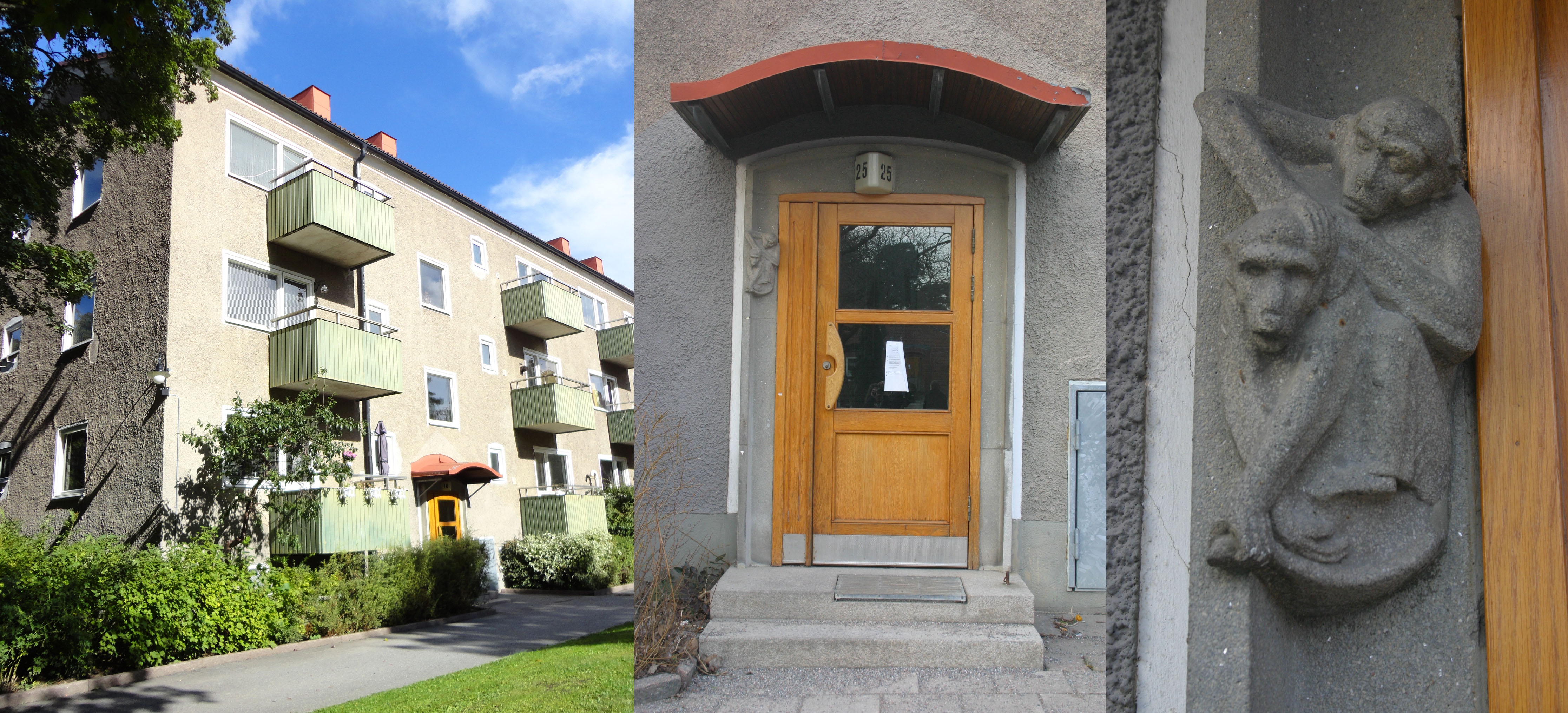
Specific National Contribution
Chalmers Gothenborg
Stock: Gothenborg – pre-boom (1945-1960)
Centre of interest: Integrated analysis , implementation framework
ReBo – Folkhemmet: Strategies for integrated sustainable renovation of housing stock with focus on 'the peoples housing' built during 1940-60.
Project timeline: january 2011 – december 2012
The project is implemented in close collaboration between a group of property owners, landlords, architects, consultants, builders, museums, and tenant organizations in and around Gothenburg and Stockholm.
The project puts emphasis on logistic issues that concern both questions of a technical and economic nature but also issues related to users' expectations and acceptance of change, new technology and possibly changing habits.
The project puts emphasis on logistic issues that concern both questions of a technical and economic nature but also issues related to users' expectations and acceptance of change, new technology and possibly changing habits.
Aims of the project:
- develop restoration strategies
- support the property owners, managers, architects, developers, consultants
- establish a platform for cooperation between industry and researchers
- develop theoretical knowledge and action
Why?
- post war housing is in great need of rennovation
- major rennovations are complex and cost intensive
- integrated decision making is needed to balance the different needs, wishes and values
- Architectural, cultural and social values are important from a sustainability perspective
- There is no tool that connects tangible and intangible values.
Why Folkhemmet?
- Housing stock from the welfare state represents important cultural and historical values.
- The buildings are a positive historic example of craftsmanship, good site planning, empathy to property values and social aspirations.
- The technical knowledge, problems and potentials related to such energy is lower than for later stock from including million program
- There is also a lack of knowledge about intangible values such as architectural, social and cultural values which are at risk of being underestimaed in favor of energy saving and economic soloutiongs. These values area also at risk of being lost through large-scale renovation (materials / technology).
Methodology
- collaboration and dissemination (workshops, seminars, study visits)
- development of research models alongside action models
- case studies
- scenario modeling
- literature
Case studies
In the ReBo project a descriptive model is developed to balance different values of the housing stock in renovation projects. This model is tested and further developed in three case studies with focus on different aspects. In case 1- Hökarängen we test the whole descriptive model, while in case 2 - Torpa the focus is on the technical and environmental performance, and in case 3 - Långängen the focus is on describing the social qualities.
